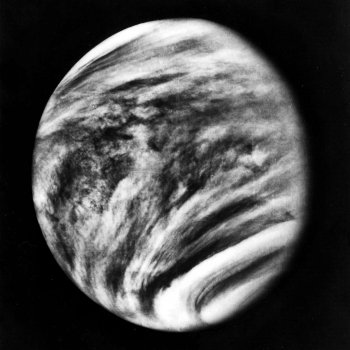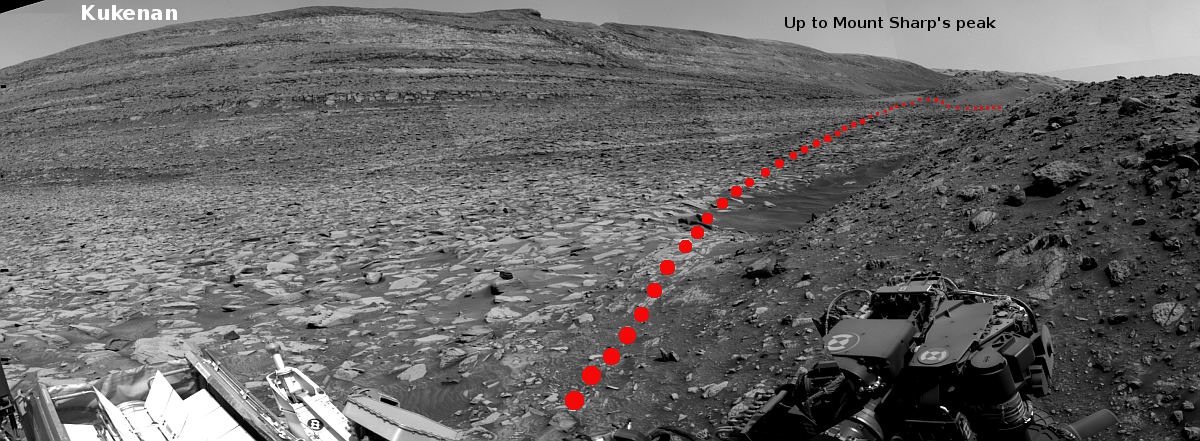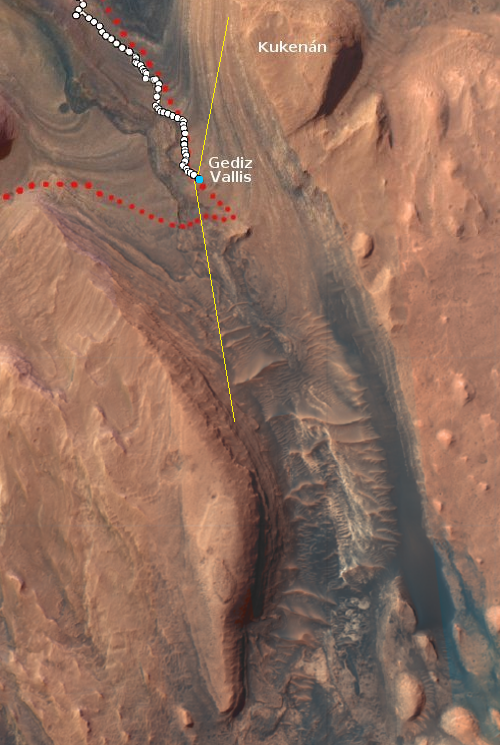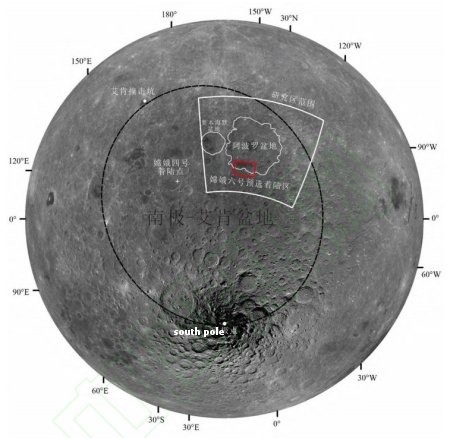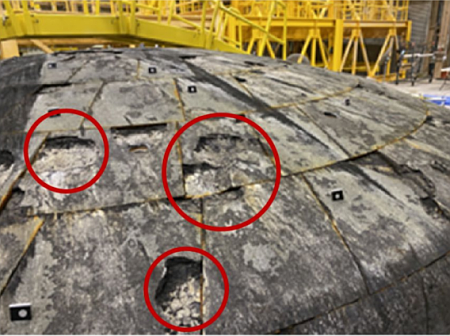Musk: SpaceX and Starlink don’t use artificial intelligence
During an interview at a recent conference Elon Musk admitted that both SpaceX and Starlink have found artificial intelligence (AI) lacking, and don’t use it at all.
The irony was that prior to this admission, Musk had been extolling AI’s potential, predicting it would someday do wonderful things.
Musk, who answered questions during 27th annual Milken Institute Global Conference on Monday, spent a sizable portion of his talk extolling the benefits of artificial intelligence. At one point, he said a “truth-seeking” AI could “foster human civilization” when asked about the role the technology would play in human’s everyday lives.
But when asked whether AI could “accelerate” his efforts in space exploration, he seemed less excited about the technology. …”I mean, oddly enough, one of the areas where there’s almost no AI used is space exploration,” Musk replied. “So SpaceX uses basically no AI, Starlink does not use AI. I’m not against using it. We haven’t seen a use for it.”
Musk continued, saying that he’s been testing improved AI language models by asking them questions about space — and the results have been disappointing. “With any given variant of or improvements in AI, I mean, I’ll ask it questions about the Fermi paradox, about rocket engine design, about electrochemistry — and so far, the AI has been terrible at all those questions,” Musk said.
Here we see the visionary meet the practical engineer/businessman. Musk always looks to the future with grand visions, but when it comes time to build those visions, he never allows his vision to interfere with practicality. AI is still essentially garbage-in-garbage-out. The rush by businesses and tech-firms to blindly use has resulted in more than a few disasters.
Musk doesn’t do anything blindly. He tested AI first, found it wanting, and thus put it aside, despite believing it will someday do wonderful things.
If only more companies used this approach. If they had, they might not have blindly pushed DEI and ESG requirements that have done nothing but harm to their companies, their work forces, and their bottom lines.
During an interview at a recent conference Elon Musk admitted that both SpaceX and Starlink have found artificial intelligence (AI) lacking, and don’t use it at all.
The irony was that prior to this admission, Musk had been extolling AI’s potential, predicting it would someday do wonderful things.
Musk, who answered questions during 27th annual Milken Institute Global Conference on Monday, spent a sizable portion of his talk extolling the benefits of artificial intelligence. At one point, he said a “truth-seeking” AI could “foster human civilization” when asked about the role the technology would play in human’s everyday lives.
But when asked whether AI could “accelerate” his efforts in space exploration, he seemed less excited about the technology. …”I mean, oddly enough, one of the areas where there’s almost no AI used is space exploration,” Musk replied. “So SpaceX uses basically no AI, Starlink does not use AI. I’m not against using it. We haven’t seen a use for it.”
Musk continued, saying that he’s been testing improved AI language models by asking them questions about space — and the results have been disappointing. “With any given variant of or improvements in AI, I mean, I’ll ask it questions about the Fermi paradox, about rocket engine design, about electrochemistry — and so far, the AI has been terrible at all those questions,” Musk said.
Here we see the visionary meet the practical engineer/businessman. Musk always looks to the future with grand visions, but when it comes time to build those visions, he never allows his vision to interfere with practicality. AI is still essentially garbage-in-garbage-out. The rush by businesses and tech-firms to blindly use has resulted in more than a few disasters.
Musk doesn’t do anything blindly. He tested AI first, found it wanting, and thus put it aside, despite believing it will someday do wonderful things.
If only more companies used this approach. If they had, they might not have blindly pushed DEI and ESG requirements that have done nothing but harm to their companies, their work forces, and their bottom lines.





